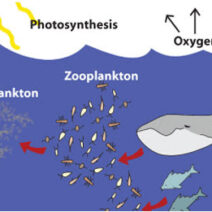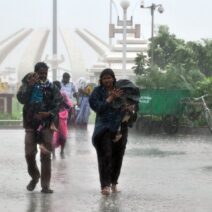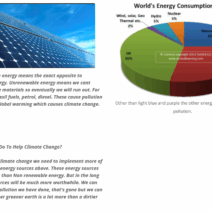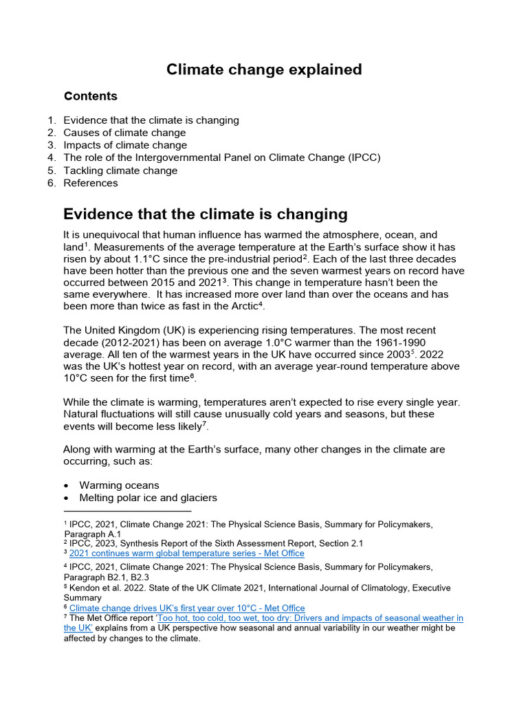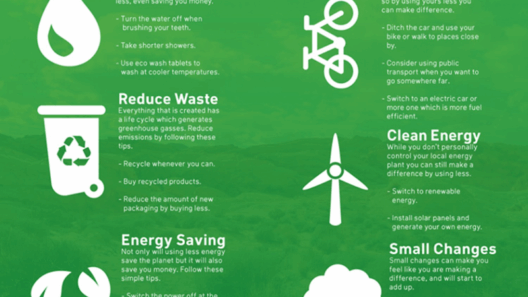The current trajectory of climate change presents a profound challenge, one that can be likened to a race against a clock that is ticking ever louder. As the environmental clock approaches the point of no return, the ramifications of our collective inaction become increasingly stark. Understanding what happens when the climate clock runs out requires us to delve deep into the interplay of ecological systems, socioeconomic fabric, and governance structures. This exploration not only highlights the gravity of the situation but also prompts a necessary shift in our collective consciousness.
When we envision a world where the climate clock has run its course, it is essential to understand the cascading effects of irreversible damage inflicted on our planet. The consequences of climate inaction manifest in various forms, including potent fluctuations in temperature, shifts in precipitation patterns, and the escalation of natural disasters. These elements are not mere abstractions; they depict a disquieting reality that threatens biodiversity, human health, and global stability.
Let us delve into the unsettling scenarios that unfold as we approach critical climate thresholds.
Environmental Extinction: The Unraveling of Biodiversity
One of the most immediate and devastating impacts of climate change is the loss of biodiversity. Species rely on specific climatic conditions and ecosystems for survival. As the climate clock runs out, many species find their habitats altering beyond recognition. The polar bear, for example, grapples with diminishing ice caps, while coral reefs, often dubbed the “rainforests of the sea,” suffer from bleaching events exacerbated by rising ocean temperatures.
When these ecosystems collapse, they do not merely vanish; the extinction of keystone species can trigger a domino effect, threatening the entire food web. The intricate interdependencies among species mean that a single loss can cascade throughout the ecosystem, leading to unanticipated consequences. The loss of pollinators, for example, can undermine crop yields, directly impacting food security for millions of people.
Climate Refugees: The Human Displacement Dilemma
The implications of a climate clock that has run out extend beyond ecosystem collapse; they reach into the lives of billions of people worldwide. Rising sea levels threaten coastal communities, while extreme weather events—such as hurricanes, droughts, and floods—exacerbate displacement crises. By 2050, it is estimated that climate change could displace over 200 million people, forcing them to abandon their homes in search of more hospitable environments.
This phenomenon gives rise to a new classification of displaced individuals: climate refugees. These individuals often lack legal recognition and face numerous challenges, including inadequate access to resources and support systems. As borders become increasingly impermeable, tensions may escalate between nations, precipitating geopolitical conflicts over dwindling natural resources and habitable land. The ethical considerations surrounding climate-induced migration challenge our notions of sovereignty and human rights, urging a recalibration of international policies to accommodate these emerging realities.
Economic Stress: The Price of Procrastination
Another salient consequence of inaction is the strain on economic systems. The costs associated with climate change are staggering, with the potential to eclipse billions—if not trillions—of dollars annually. From infrastructure damage due to extreme weather events to increased healthcare expenditures related to climate-induced illnesses, the financial implications are far-reaching.
Moreover, industries reliant on stable climates—such as agriculture, tourism, and fisheries—face uncertainty as shifting conditions render past practices obsolete. Crop failures and decreased yields can lead to soaring food prices, increasing the burden on vulnerable populations. The interrelationship between climate change and economic stability prompts a reevaluation of our current economic paradigms, emphasizing the need for sustainable practices, renewable energy investments, and the prioritization of green technologies.
Social Equity: Disparities Amplified
As climate change accelerates, the socio-economic disparities between nations and within communities become glaringly evident. Vulnerable populations, often marginalized and economically disadvantaged, are disproportionately affected by the consequences of climate change. These communities typically possess limited resources and resilience, making them less equipped to respond to environmental shifts.
Social equity in the context of climate change emphasizes the importance of collaboration and inclusivity. Addressing the needs of those most affected requires a concerted effort to integrate diverse perspectives into climate action plans. As the concept of climate justice gains traction, it becomes increasingly clear that sustainable solutions must prioritize equity, ensuring that the burdens and benefits of climate action are shared more harmoniously.
Reimagining Our Future: Embracing Change
In the face of an uncertain future, it is crucial to reframe our understanding of what is possible. Rather than succumbing to a sense of impending doom, we can choose to embrace the notion that the climate crisis is also an opportunity for transformative change. Innovations in technology, shifts in policy, and grassroots movements offer pathways to a more sustainable and equitable future.
By prioritizing renewable energy sources, enhancing sustainable agricultural practices, and fostering a culture of conservation, societies can build resilience against the impending challenges of climate change. Moreover, fostering greater public awareness and engagement lays the groundwork for collective action, empowering individuals to advocate for systemic changes that mitigate the impending crises.
In conclusion, what happens when the climate clock runs out is a multifaceted crisis that intertwines environmental, social, and economic threads. To avert the most devastating outcomes, we must shift our perspective—from viewing climate action as an obligation to embracing it as a pathway toward a more just and sustainable world. The ticking clock is not merely a harbinger of doom; it is also a clarion call for courage, ingenuity, and unity in the face of existential challenges. The time to act is now, before the clock finally runs out.
